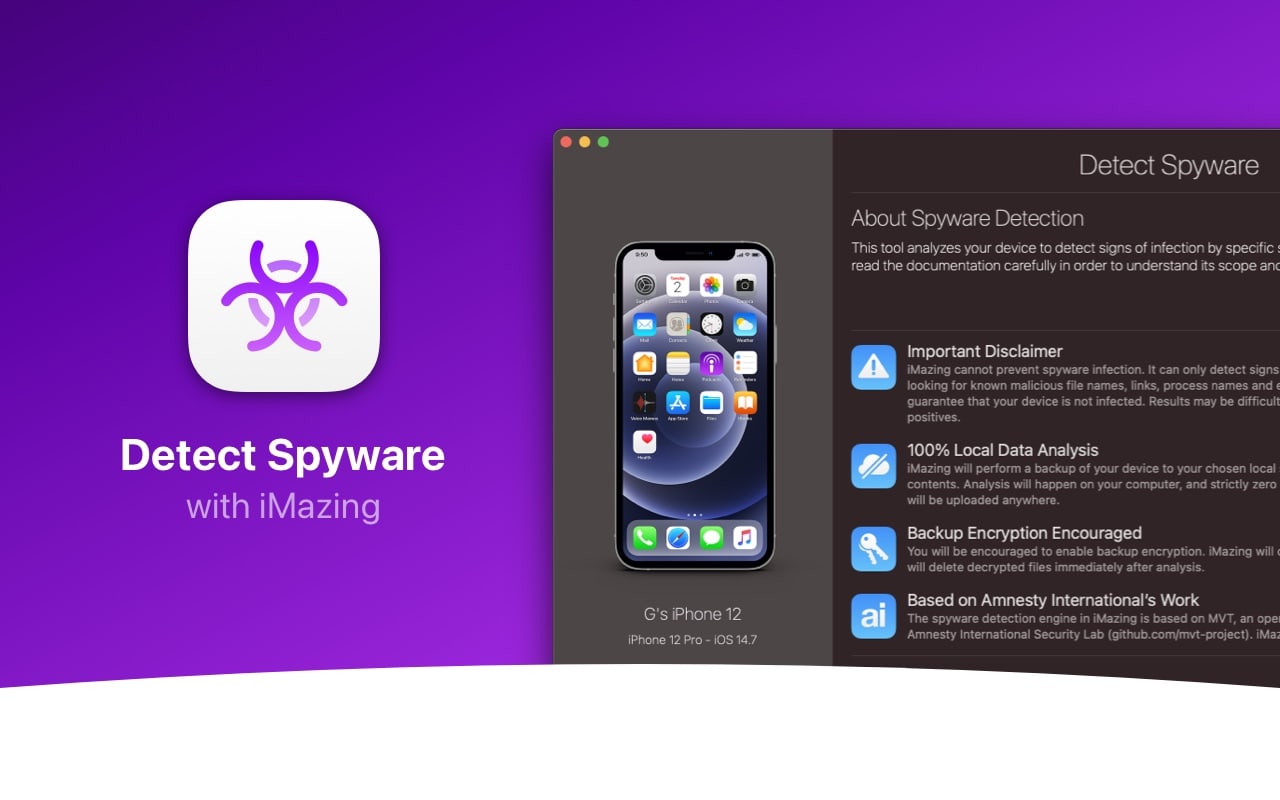d_v_us
Regular Contributor
Hey guys, can anyone shed some light on this issue for me. I currently have Aiprotect turned on....does this help should any of my Apple devices click on an "suspicious" imessage prior to them updating with the recent IOS patch the other day for the zero day exploit? Also, once I've patched my apple products...would that potentially "close" (or remove) the malware? And...what if any protection does Trend Micro running on my router help me in this instance.


